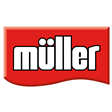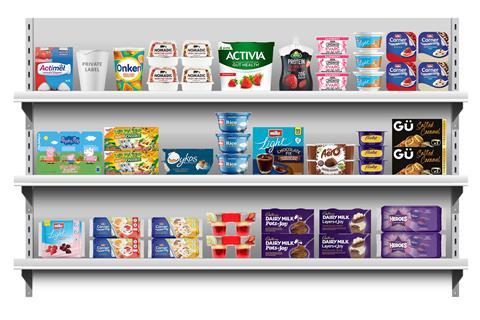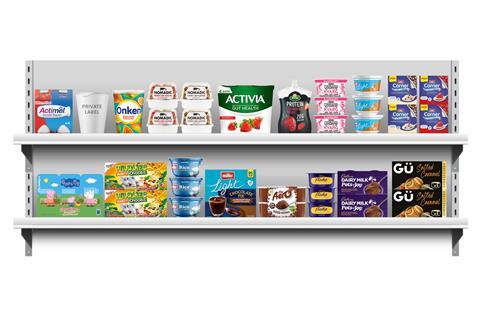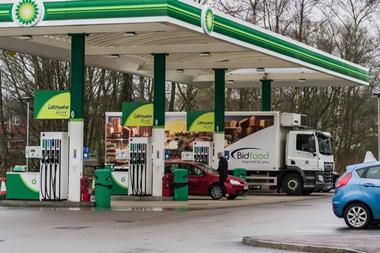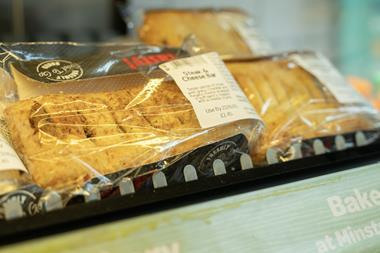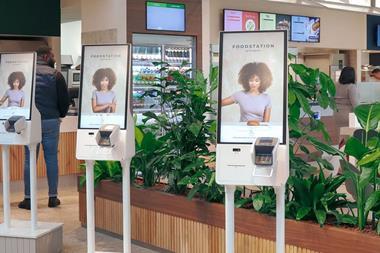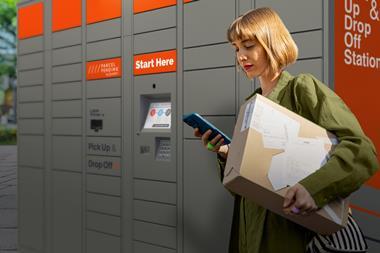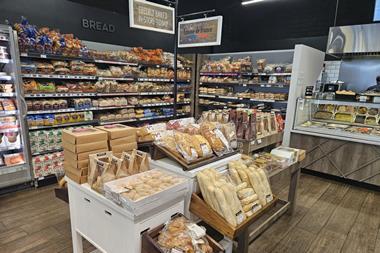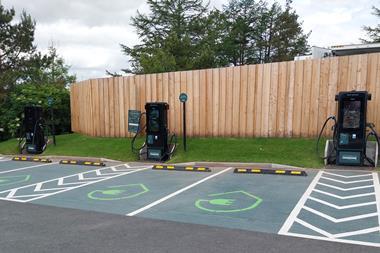The chilled yogurts and potted desserts category is now worth £2.9bn, yet it’s under-serviced in forecourts. Here, Müller Yogurt & Desserts, reveal how retailers can maximise the category opportunity, delight shoppers and get their fair share of sales.
The chilled yogurts and potted desserts (CYPD) category is the third-largest sector in chilled (Kantar) and currently worth £2.9bn. However, there are an estimated 938 million buying occasions (Kantar) for CYPD in the convenience channel which aren’t being met. Why?
It’s because many retailers don’t have the right range or focus in their stores.
Shoppers expect forecourt retailers to meet all of their basic needs, including top-up purchases, distress purchases, the weekly shop, food-to-go, and food for tonight. Yet overwhelmingly, 66% (Lumina) of convenience shoppers are dissatisfied with stores’ product ranges.
Having the right range benefits the whole store, and shoppers tend to shop more often and spend more each time they visit. A customer who can find the basics whenever they shop is likely to visit at least three times more each month and increase basket spend by between 25% and 140% (Lumina).
To help forecourt retailers tackle this, the UK’s leading yogurt manufacturer, Müller Yogurt & Desserts, have unveiled a new category initiative. ‘Make Pots of Profit’ is the new category-leading program created specifically for convenience and forecourt retailers, to offer help and advice to improve the effectiveness of their CYPD category.
Crucially, it’s designed to help retailers maximise the category opportunity, delight their shoppers, and get their fair share of sales.

Top tips to inspire shoppers and help influence purchasing decisions
‘Make Pots of Profit’ is based on category data and shopper insight and focuses on a three-step plan to help retailers get the basics right and meet shoppers’ needs:
1. Stock the best products across key segments, ensuring that all shopper missions are covered by consistently having the right range of top-performing brands.
2. Meet consumer needs for different occasions at the right time.
3. Merchandise the category in the right way to make it easy and exciting to shop, inspiring shoppers and encourage additional sales by keeping pricing realistic and competitive.
By following the advice provided, forecourt retailers can be confident they are stocking the right range to meet shoppers’ different missions and meal occasions.
Plan your shelf to achieve the best results
To help retailers consistently stock and display the right range in store and delight shoppers, Müller Yogurt & Desserts has created a selection of shelf guides for retailers to use according to their store size. See gallery below for 2-shelf and 3-shelf versions:
The ’Perfect Range’ is first and foremost category-led. It’s been designed as a blueprint for any forecourt retailer to be able to use. It’s based on best practice, best-sellers in convenience, best-sellers in total market; meeting all possible missions and need states, suiting all pack format needs, and trying not to duplicate SKUs or flavours.
The end-result is a range that fits the needs and missions that any customer walking into your store could have. It’s not just about putting in the top 10 best-sellers but making sure that all possible occasions are covered.
The shelf layout generally follows the ’Saint to Sinner’ flow, something that’s used in most larger stores, and follows the established category drivers. On the 3-shelf plan the multipacks are on the bottom shelf, as this is normally a deeper shelf and has more room for bigger packs – it also keeps bigger packs together for ease of shop.
Visit makepotsofprofit.co.uk to select and download the right planogram for your store and implement the new fixture easily by following the advice and steps set out.
Source
Nielsen 52 w/e 2022; 6-8 Nielsen 12 w/e 2023; Nielsen 12 w/e 2023
